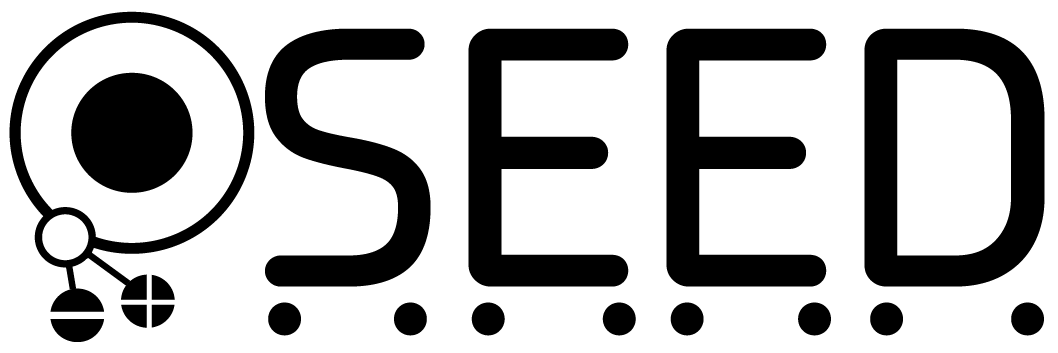Collision Detection Summary
- Pair processing vs N-processing: If a method emphasizes too much on improving precision in the measurement of the distance between two particular meshes, then it becomes too slow and so it has a limit to the amount of bodies the simulation can represent.
- Static vs Dynamic: Others using the foreknown trajectories of the bodies require an amount of feedback between the dynamics engine and the collision detection package. Then the concept of frame coherence appears. These methods rely on the stable consistency of every time step to make calculations.
- Rigid vs Deformable: When the meshes represent cloths or fluids (deformable meshes), as the dynamic characteristics of their shape is often complex and essentially non-linear, robustness and efficiency are frequently affected.
- Large vs Small environment: There is also a problem generalizing the algorithms so they can serve as well in the short as in the long range, to avoid leaps in the numerical results that lead to instabilities and affect robustness.
Many types have been devised:
- k-DOP trees (Discrete Orientation Polytopes)
- Octrees
- R-trees
- Cone trees
- BSPs (Binary Space Partitions)
There are various types:
- Spheres
- AABB (Axis Aligned Bounding Boxes)
- OBBs (Oriented Bounding Boxes)
- k-DOPs (Discrete Orientation Polytopes, where k means the number of faces)
- SSV (Swept Sphere Volumes)
Nevertheless, particularly one sounds louder than others: the GJK algorithm.
This is made using the concept of simplex, that can be applied to vertices, edges, triangles or tetrahedra (all of them known as polytopes).
Making a single loop that iterates through the mesh geometry, it is possible to discard the interference whenever a vector points out from the direction of the centroid of the Minkowsky sum. If none appears, then objects are overlapping.
Mainly it comes from the fact that gives a true / false answer very quickly, as it does not need to iterate the whole geometry for the answer (usually comes after a few iterations over the simplex checking algorithm).
The first problem one encounters is that distances are not straightforward in this method. The way to obtain penetration distance requires further processing and affects performance negatively when implemented. An error tolerance has to be provided and then successive iterations are made in a very similar manner to the «sweep and prune» way described above: testing that a «shrinking» polytope from the centroid is as small as this error.
Another drawback of this method is its limitation to convex polyhedra. Minkowsky sum property does not apply for concave polyhedra.
This can be tackled using a preprocessing convex shape decomposition that would provide us with sets of Bounding Volume Hierarchies nested within the initial concave shape.
Last but not least is the instability problem that arises when very small shapes are tested against larger ones. Due to the difference in size, the Minkowsky sum presents extremely oblong shaped facets. This commonly leads to infinite loops.
OPEN SOURCE COLLISION DETECTION
- I-COLLIDE collision detection system: is an interactive and exact collision-detection library for environments composed of many convex polyhedra or union of convex pieces, based on the expected constant time, incremental distance computation algorithm and algorithms to check for collision between multiple moving objects.
- RAPID interference detection system: is a robust and accurate polygon interference detection library for pairs of unstructured polygonal models. It is applicable to polygon soups models which contain no adjacency information and obey no topological constraints. It is most suitable for close proximity configurations between highly tesselated smooth surfaces.
- V-COLLIDE collision detection system: is a collision detection library for large dynamic environments, and unites the nbody processing algorithm of I-COLLIDE and the pair processing algorithm of RAPID. It is designed to operate on large numbers of static or moving polygonal objects to allow dynamic addition or deletion of objects between timesteps.
- SOLID interference detection system: is a library for interference detection of multiple three-dimensional polygonal objects including polygon soups undergoing rigid motion. Its performance and applicability is comparable to that of V-COLLIDE.
- SWIFT++: SWIFT++ is a collision detection package capable of detecting intersection, performing tolerance verification, computing approximate and exact distance, or determining the contacts between pairs of objects in a scene composed of general rigid polyhedral models. It is a major extension of the SWIFT system previously released from UNC. Uses the convex polyhedra decompostion.
- OPCODE: It is similar to popular packages such as SOLID or RAPID, but more memory-friendly, and often faster. Stands for OPtimized COllision Detection.
-
PQP proximity query package: It pre-computes a hierarchical representation
of models using tightting oriented bounding box trees (OBBTrees). At runtime, the algorithm traverses two such trees and tests for overlaps between oriented bounding boxes based on a separating axis theorem, which takes less than 200 operations in practice.






